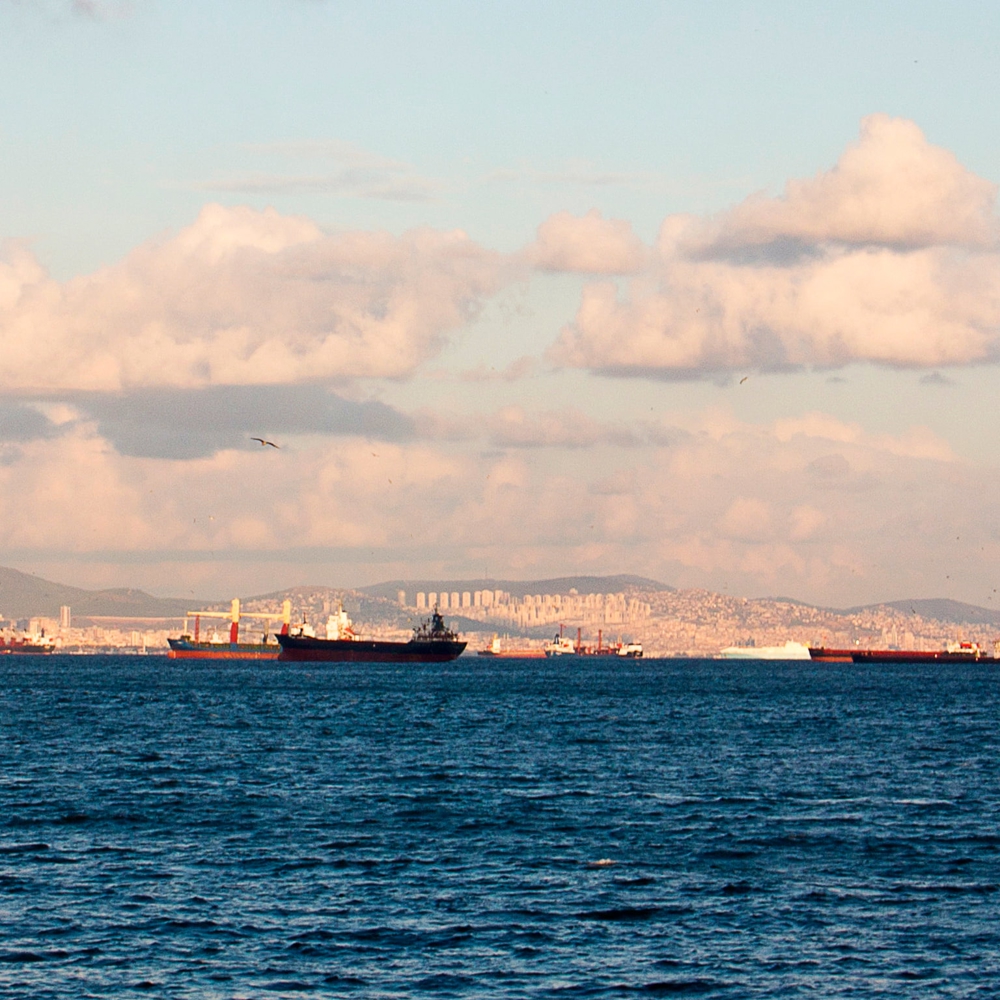Applicability: shipowners and ship managers
In May 2023, as part of the “Fit-for-55” package, the European Commission (EC) published the final texts of the revisions to the Emissions Trading Scheme (ETS) Directive (Directive (EU) 2023/959) and the EU Monitoring Reporting and Verification (MRV) Regulation (Regulation EU 2023/957).
Lloyd’s Register’s Class News 07/2023 provides an overview of how the two regulations will work together to regulate greenhouse gas (GHG) emissions from shipping within the European Economic Area (EEA - EU plus Norway and Iceland).
In total, eight implementing and delegated acts are expected to be published, from October 2023, supporting the ETS Directive and MRV Regulation. These are:
MRV Delegated Acts
1. Rules and methods for monitoring GHG emissions (updating Annexes I & II of Regulation (EU) 2015/757 on the monitoring, reporting and verification of greenhouse gas emissions from maritime transport).
2. Rules on verification and accreditation (updating delegated regulation (EU) 2016/2072 on the verification activities and accreditation of verifiers pursuant to Regulation (EU) 2015/757).
3. Rules on the reporting of aggregated emissions data at company level.
MRV Implementing Act
4. Implementing act templates for monitoring plans, emissions reports and reports at company level (updating Implementing Regulation (EU) 2016/1927).
ETS Implementing Acts
5. Rules for the administration of shipping companies by administering authorities.
6. List of shipping companies which perform a maritime service under ETS, with their attribution to responsible administering authorities.
7. List of non-EU neighbouring container transhipment ports.
8. List of islands and trans-national maritime routes under public national service contract or obligation subject to ETS derogations.
This Class News outlines the key (updated) concepts in these acts and how they will impact shipowners. Note: at the time of publication, finalisation of these acts is pending, so the information is subject to change.
Rules and methods for monitoring GHG emissions (MRV Annexes I & II)
Section A, on calculation of GHG emissions: This covers carbon dioxide (CO2), methane (CH4) and nitrous oxide (N2O) emissions, while considering both fuel combustion and slippage as required. Total GHG emissions is calculated as the sum of CO2, CH4 and N2O emissions expressed in CO2 equivalent. Companies may diverge from the default emissions factors listed, provided there is full consistency with the FuelEU Maritime Regulation (pending) requirements.
Section B, on methods for monitoring GHG emissions: It is understood that the four monitoring methods currently allowed under the MRV Regulation will remain unchanged in their base principles. A quality control provision on fuel measurements for methods A to C will be added, requiring companies to carry out regular cross-checks between bunkering quantity, as provided by the Bunker Delivery Note (BDN), and bunkering quantity, indicated by on-board measurements.
Section C, rules on data management and control: This will likely require companies to establish procedures for data flow and control activities, and to have the relevant descriptions of such procedures in the monitoring plan.
Annex II on “Monitoring of other relevant information”
A new Section C will be added, outlining the rules for the monitoring of aggregated emissions following the extension of the EU ETS Directive to maritime transport activities.
Rules on verification and accreditation
Strengthening the requirements for verifiers by aligning with the rules already applicable to the other ETS sectors. In relation to shipowners, this includes establishing requirements for physical site visits to be undertaken every four years, with the option for virtual site visits in between dependant on various criteria being met.
Rules on the reporting of aggregated emissions data at company level
To outline in which situations an Administering Authority (AA) can data mine at company level. For example, when no data has been submitted in a reporting year and the AA will have to estimate the allowance to be paid into the system.
Monitoring Plan and Emission Reporting
Amendments to Annex I and II in Implementing Regulation (EU) 2016/1927 are being developed to provide updated and new templates for:
- The Monitoring Plan
- Emissions Reports
- Document of Compliance
- Company Emission Reports (new)
Companies and verifiers will have to use the THETIS-MRV system to upload and access information.
Rules for the administration of shipping companies by administering authorities
- The Assignment of Administering Authorities
For EEA registered ships, the IMO Unique Company and Registered Owner Identification Number Scheme will be used to determine the country in which a shipping company is registered and subsequently the AA.
For non-EEA registered shipping companies, information on historical port calls from voyages to the EEA will be used from the existing “SafeSeaNet” database and/or Automatic Identification System (AIS) data (as available). The country with the most port calls during the preceding four monitoring years will be assigned as the AA.
- What happens to the assignment of AA in the case of company mergers or splits
- Responsibility for ETS compliance – noting under the EU ETS Directive, the entity responsible for compliance can be either:
(i) The shipowner; or
(ii) Any other organisation or person, such as the manager or the bareboat charterer, that has assumed the responsibility for the operation of the ship from the shipowner.
At the time of publication of this Class News, there is still ongoing discussion to clarify the interpretation of this statement and to clarify who will have ultimate responsibility for ETS compliance.
Next steps
Lloyd’s Register (LR) will issue a follow-up Class News in Autumn 2023. This will be in conjunction with the finalisation of the relevant implementing and delegated acts and the launch of the new LR Emissions Verifier platform, with clear next steps for clients.
For further information
For further information or advice, please get in touch with your local Lloyd's Register office or contact dcsmrv@lr.org






